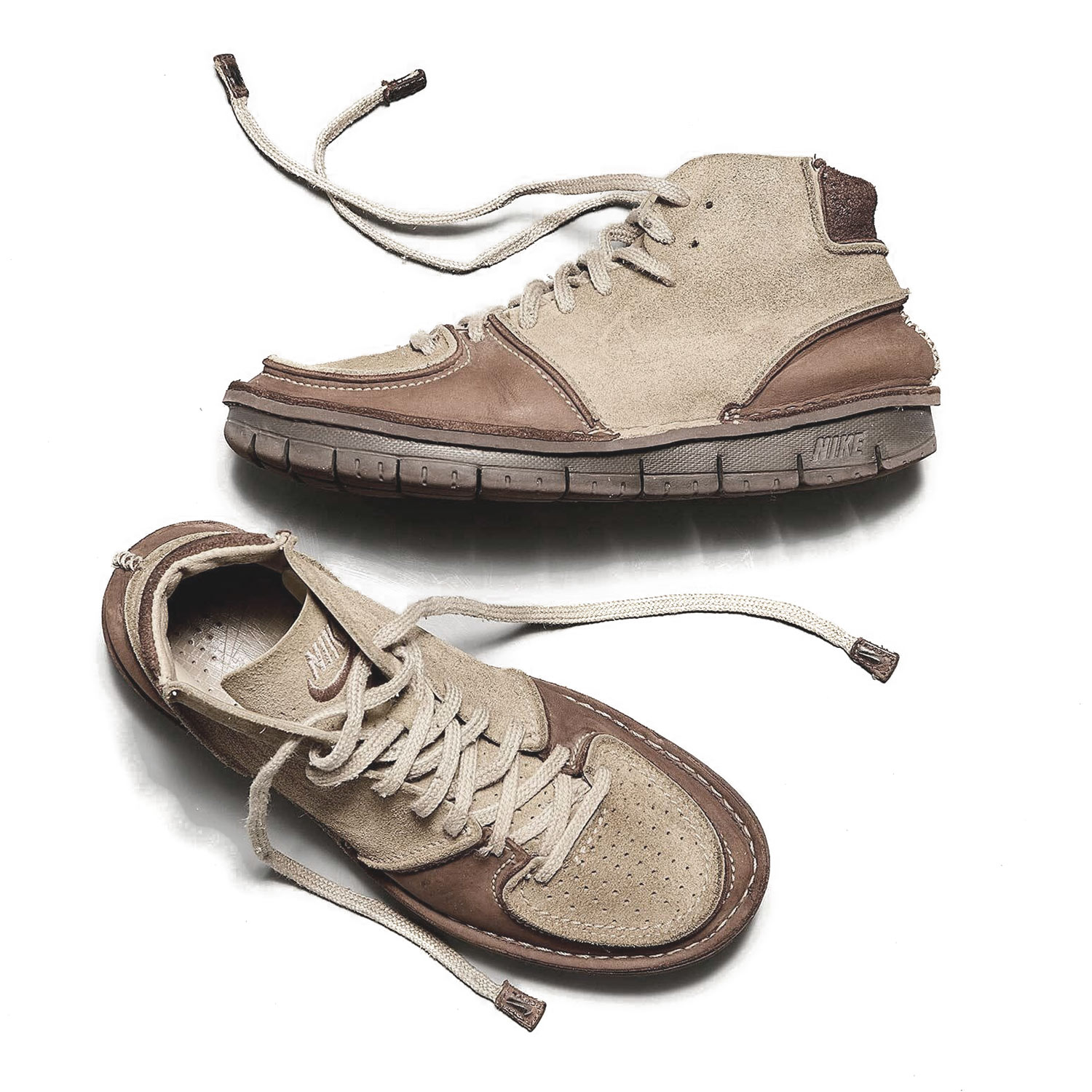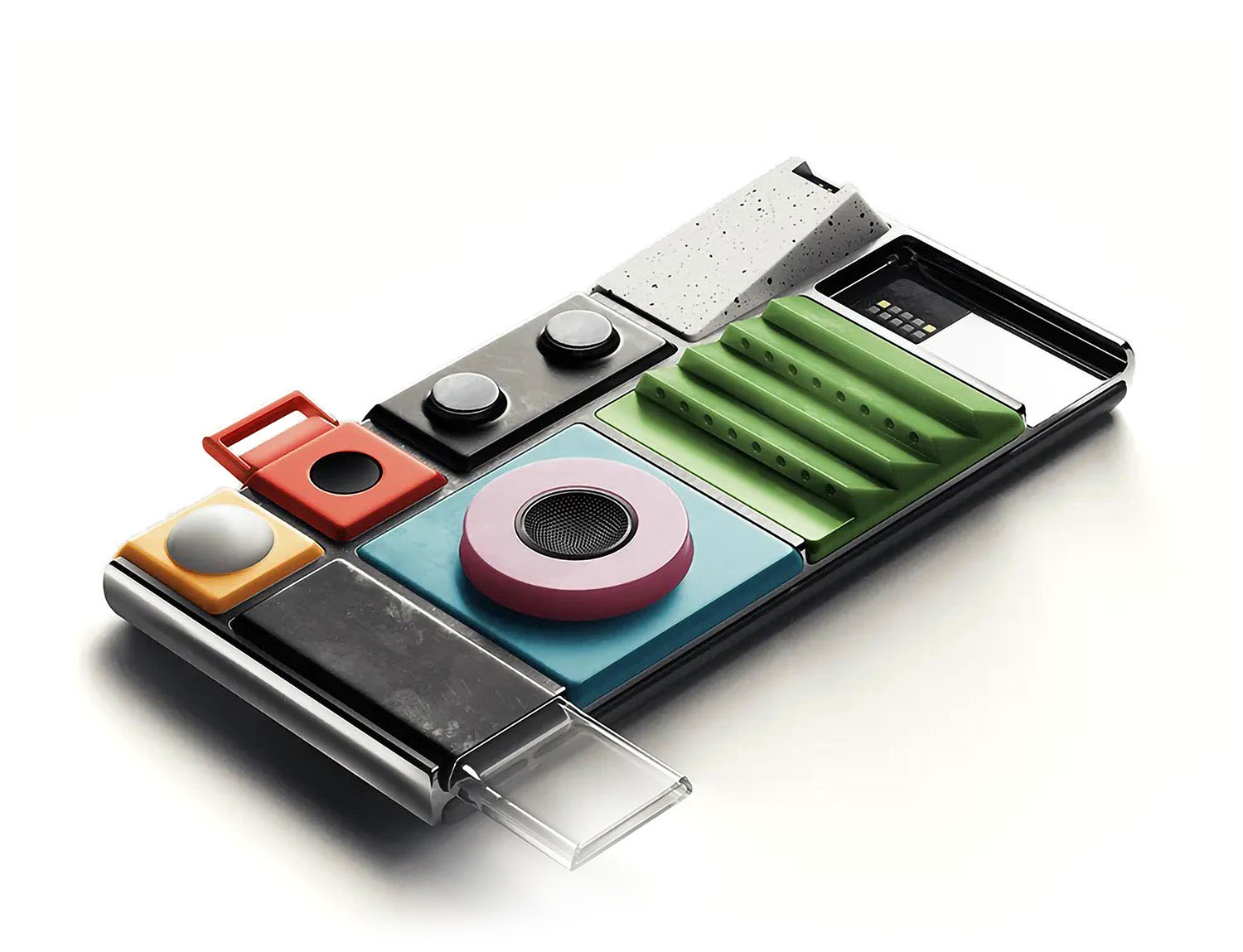Small things coming together
Nike just announced some new interesting new sneakers. Last year I wrote a bit about Adidas and Yeezy’s efforts in circular production for sneakers, ie how we can reduce the environmental cost of consumable goods. Since then a few sections of my Instagram discovered a shoe Nike put out called the Considered BB back in 2005.
The Considered BB were an early attempt at a sustainable version of Nike’s Dunk basketball shoe, made with an inside-out moccasin construction (no glue made them easy to repair and recycle) and all materials sourced within 200 miles of the factory they were made in.

I had a pair and they were great. Comfy and so hardwearing they lasted me for almost a decade.
As you could imagine there’s been a fair amount of speculating and conspiracy theories as to why the worlds biggest footwear manufacturer abandoned a sustainable product line that was so ahead of its time. It all gets a bit Who Killed The Electric Car, but anyway now we have these new ones:

They’re called the ISPA Link Axis, which is an awful name but you’ll probably never have to say it out loud so who cares I guess. They’re made of a small number of single-material parts that don’t use any glue, which means they can be easily disassembled for recycling.
One of the interesting aspects of the design is the modularity. Obviously it’s intended to make recycling easier, but I assume it also means you could replace individual parts of the shoe without having to replace the whole thing. Like replacing parts when they wear out. But presumably you could also switch to different style uppers to suit different outfits, or switch out a soft everyday sole for a grippy hiking friendly one, or stuff like that.
Such a cool idea – and getting into the right to repair space – with a bit of Google’s modular phone concept too.

As Nike point out, it only really means anything if these product techniques are scaled across the whole range, so it’ll be fun seeing if and how they manage to implement these principles across other types of footwear.
They’ve been experimenting with modular customisation recently and are teasing high-fashion reissues of some of their 90s shoes that had customisable modular components, so you can see the elements of an aesthetic coming together. You can read the whole press release on the Nike site.
Ford’s e-crate electric motor
On a similar theme (if very different market) Ford just announced that they’re bringing their M-9000-MACHE performance e-crate electric motor into mass production.
Crate engines are replacement car engines sold separately from the rest of the car, so this is exciting for lots of reasons! It suddenly opens up whole swathes of older vehicles to becoming electric cars. Plus the Ford e-crate engine is high-powered (it powers the new electric Mustang) and only costs $4000, which makes it both fun and affordable. And converting your existing car to electric is even better for the environment than replacing it with an new electric car.
… So?
I mean, I just I love this stuff.
But beyond that, it’s really interested to see how the open-source mindset we’re accustomed to in software start is changing industrial product design. Big companies starting to thing about their products as objects with a lifespan that continues after they leave the store, with users whose needs might change over time.
These are modular, componentised objects designed to be iterated. Good for the user (who can repair and improve the things they own), good for designers and manufacturers (loads of new interesting spaces open up) and good for the planet.
More of this!
If you want to chat more about stuff like this, send me an email or get in touch on Twitter.
You can pretend it's 2005 and subscribe to my RSS feed